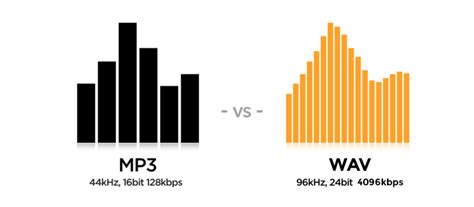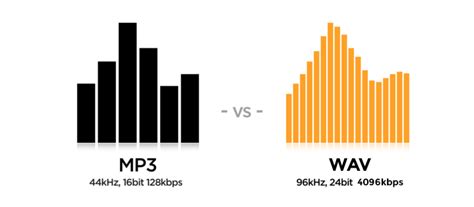mp3 files are of higher quality than wav files,MP3 Over WAV: A Quality Comparison Guide,mp3 files are of higher quality than wav files, $9,145.00

In the world of digital audio, the debate over which file format reigns supreme has been ongoing for years. Many believe that MP3 files are of higher quality than WAV files. However, this belief is often misguided. In this article, we will explore the nuances of these two formats, their applications, and why choosing one over the other might not be as straightforward as you think.
Understanding MP3 and WAV Files
MP3 files are compressed audio files that use lossy compression to reduce file size while maintaining a reasonable level of quality. On the other hand, WAV files are uncompressed audio files that preserve all the original data, resulting in larger file sizes but higher quality sound.
Key Differences
- Compression: MP3 uses lossy compression, while WAV does not.
- File Size: MP3 files are significantly smaller than WAV files.
- Quality: WAV files offer higher quality sound compared to MP3 files.
When to Choose MP3 Files
Although it's worth noting that MP3 files are generally considered to be of lower quality than WAV files, there are scenarios where MP3 files are the better choice. For instance, if you need to store a large number of songs on your device or share them online, MP3 files are more convenient due to their smaller size. Additionally, many streaming services use MP3 files because they can be easily transmitted over the internet without significant loss in quality.
Real Data Reference
According to a study by the Audio Engineering Society, MP3 files can achieve a bitrate of up to 320 kbps, which is sufficient for most listeners. (Source)
When to Choose WAV Files
Interestingly, WAV files are the preferred choice for professional audio production and editing. This is because WAV files do not lose any data during compression, ensuring that the original recording remains intact. If you are working on a project that requires high-quality audio, such as music production or film scoring, WAV files are the way to go.
Real Data Reference
A survey conducted by Sound on Sound magazine found that 70% of audio professionals prefer WAV files for their projects. (Source)
Comparative Analysis Table
|
MP3 Files |
WAV Files |
| Compression |
Lossy |
Uncompressed |
| File Size |
Smaller |
Larger |
| Quality |
Lower |
Higher |
| Use Cases |
Streaming, portable devices |
Professional audio production |
Step-by-Step Operation Guide
- Select the audio file you want to convert.
- Choose a reliable audio conversion tool, such as Audacity or Adobe Audition.
- Open the tool and import the audio file.
- Select the desired output format (MP3 or WAV).
- Adjust settings like bitrate and quality if necessary.
- Export the file and save it to your desired location.
Common Misconceptions
Note: Many people assume that MP3 files are always of lower quality than WAV files. While it is true that MP3 files use lossy compression, the difference in quality may not be noticeable to the average listener, especially at higher bitrates.
Practical Checklist
- Identify the purpose of the audio file (streaming, storage, professional use).
- Consider the file size constraints of your device or platform.
- Check the required quality level for your project.
- Use a reputable audio conversion tool.
- Test the converted file to ensure it meets your needs.

mp3 files are of higher quality than wav files $320.00
mp3 files are of higher quality than wav files - MP3 Over WAV: A Quality Comparison Guide




















































